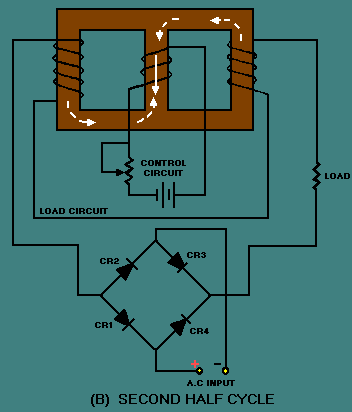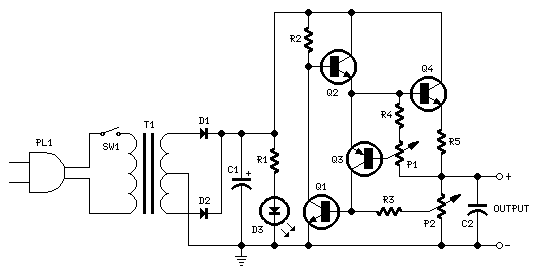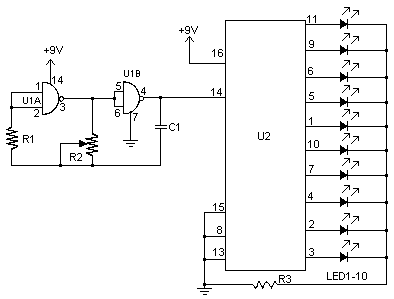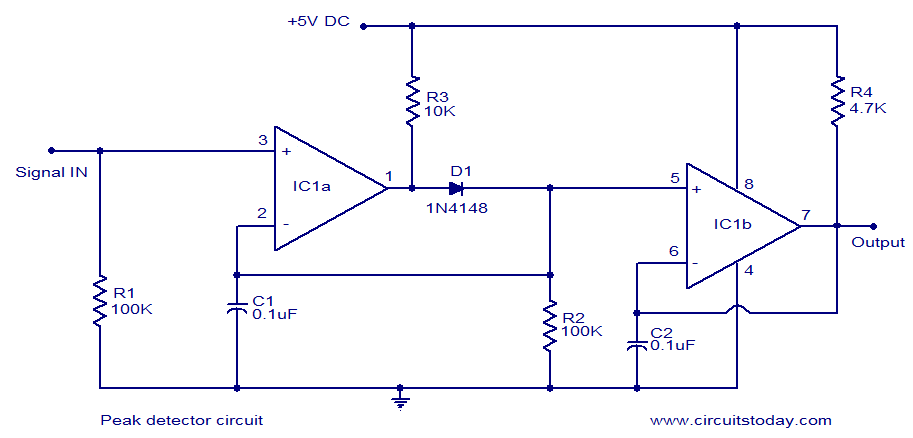
Single Ltc Power Supply Circuit
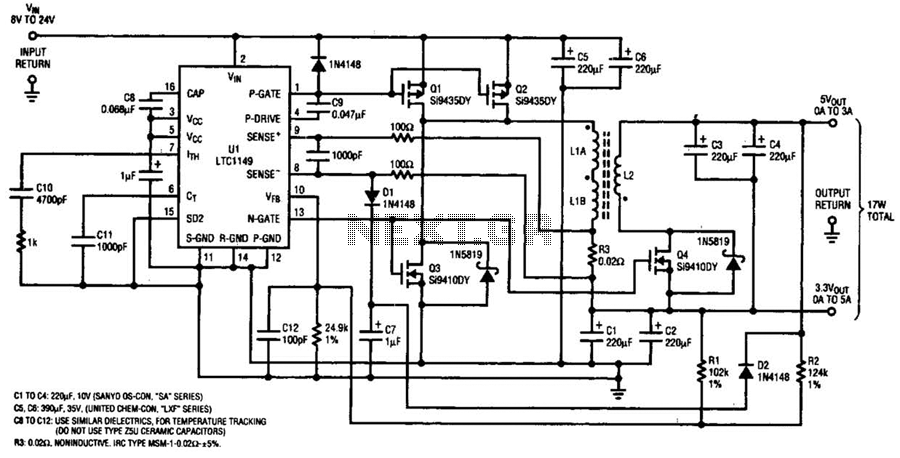
One LTC 1149 synchronous switching regulator can deliver both 3.3 and 5 V outputs. The design's simplicity, low cost, and high efficiency make it a strong contender for portable, battery-powered applications. The circuit described accepts input voltages from 8 to 24 V to power any combination of 3.3 V and 5 V loads totaling 17 W or less. For input voltages in the 8 V to 16 V range, the LTC 1148 may be used, reducing both quiescent current and cost.
The LTC 1149 synchronous switching regulator is designed to efficiently convert a wide range of input voltages into stable output voltages of 3.3 V and 5 V, making it suitable for various portable and battery-operated devices. The regulator operates using a synchronous rectification technique, which enhances its efficiency compared to traditional linear regulators. This is particularly beneficial in battery-powered applications where maximizing battery life is crucial.
The input voltage range of 8 V to 24 V allows for flexibility in applications, accommodating various battery configurations and power supply sources. The ability to deliver up to 17 W of total output power enables the regulator to support multiple loads simultaneously, which is essential in modern electronic devices that require different voltage levels for various components.
For applications where the input voltage is within the 8 V to 16 V range, the LTC 1148 variant can be employed. This alternative regulator offers similar functionality but with reduced quiescent current, which further enhances energy efficiency and reduces overall system costs. The low quiescent current is particularly advantageous in standby modes, where minimizing power consumption is vital.
In terms of circuit design, the LTC 1149 requires a few external components, including input and output capacitors, inductors, and feedback resistors, to stabilize the output voltage and ensure optimal performance. The layout of the circuit should be carefully considered to minimize parasitic inductance and resistance, which can negatively impact the regulator's efficiency and transient response.
Overall, the LTC 1149 synchronous switching regulator is an excellent choice for designers seeking a cost-effective, high-efficiency solution for powering devices that require both 3.3 V and 5 V outputs from a single input voltage source. Its versatility and performance make it a valuable component in the design of contemporary electronic systems. One LTC 1149 synchronous switching regulator can deliver both 3.3- arid 5-V outputs. The design`s simplicity, low cost, and high efficiency make it a strong contender for portable, battery-powered applications. The circuit described accepts input voltages from 8 to 24 V, to power any combination of 3.3-V and 5-V loads totalling 17 W or less.
For input voltages in the 8-V to 16-V range, the LTC1148 may be used, reducing both quiescent current and cost.
The LTC 1149 synchronous switching regulator is designed to efficiently convert a wide range of input voltages into stable output voltages of 3.3 V and 5 V, making it suitable for various portable and battery-operated devices. The regulator operates using a synchronous rectification technique, which enhances its efficiency compared to traditional linear regulators. This is particularly beneficial in battery-powered applications where maximizing battery life is crucial.
The input voltage range of 8 V to 24 V allows for flexibility in applications, accommodating various battery configurations and power supply sources. The ability to deliver up to 17 W of total output power enables the regulator to support multiple loads simultaneously, which is essential in modern electronic devices that require different voltage levels for various components.
For applications where the input voltage is within the 8 V to 16 V range, the LTC 1148 variant can be employed. This alternative regulator offers similar functionality but with reduced quiescent current, which further enhances energy efficiency and reduces overall system costs. The low quiescent current is particularly advantageous in standby modes, where minimizing power consumption is vital.
In terms of circuit design, the LTC 1149 requires a few external components, including input and output capacitors, inductors, and feedback resistors, to stabilize the output voltage and ensure optimal performance. The layout of the circuit should be carefully considered to minimize parasitic inductance and resistance, which can negatively impact the regulator's efficiency and transient response.
Overall, the LTC 1149 synchronous switching regulator is an excellent choice for designers seeking a cost-effective, high-efficiency solution for powering devices that require both 3.3 V and 5 V outputs from a single input voltage source. Its versatility and performance make it a valuable component in the design of contemporary electronic systems. One LTC 1149 synchronous switching regulator can deliver both 3.3- arid 5-V outputs. The design`s simplicity, low cost, and high efficiency make it a strong contender for portable, battery-powered applications. The circuit described accepts input voltages from 8 to 24 V, to power any combination of 3.3-V and 5-V loads totalling 17 W or less.
For input voltages in the 8-V to 16-V range, the LTC1148 may be used, reducing both quiescent current and cost.

